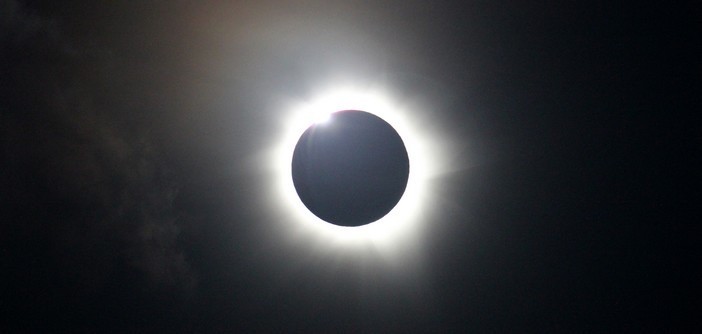A partial solar eclipse will occur this Friday, March 20, in Northern Europe. To see it in its entirety, the brave and wealthy volunteers will need to go to the Faroe Islands or take a boat and travel in the early morning on the chilly North Sea between Greenland and Scandinavia, with the sun very low on the horizon.
In France, the eclipse will only be partial, with the sun being covered by the Moon at 65% in Marseille, 78% in Paris, and a little over 80% from Brest to Lille. Which isn’t so bad after all.
And while the total eclipse itself only lasts for a few fabulous minutes, the period of semi-darkness that precedes and follows it can last for several hours.
But how many eclipses are actually there per year? Fortunately, there aren’t solar eclipses every day, and all of this may ultimately be just an epiphenomenon or a journalist’s fantasy. On average, there are still two or three solar eclipses per year on Earth, often spaced about six months apart. Sometimes total, sometimes annular (when the Moon is a bit too far and the sun too close), or just partial.
Dates of upcoming eclipses around the world: September 13, 2015, March 9, 2016, September 1, 2016, and February 26, 2017.
And for France and Europe: October 25, 2022, March 29, 2025, August 12, 2026, August 2, 2027, January 26, 2028, June 1, 2030, and March 20, 2034.
It’s not really that rare, after all.


